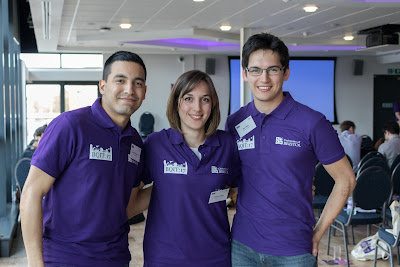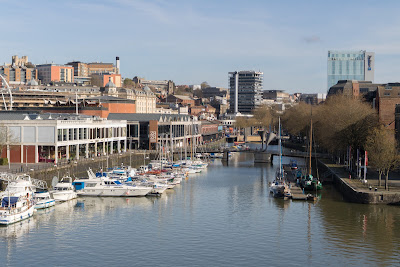Quantum Comic Strips (Quantum PhoComics): The New QET Labs Engagement Project

Alex Moylett and Henry Semenenko preparing for the presentation at Knowle West Media Centre QET Labs recently added new activities to their highly developed public engagement culture. Among them is Quantum In Conversation, part of the QET Lab’s award wining engagement initiative, Quantum in The Crowd ( http://www.bristol.ac.uk/news/2017/october/engagement-awards-2017.html ). Quantum In Conversation now reaches out to the children and young people of all educational backgrounds to engage with quantum research in the visual/narrative forms through the ‘Quantum PhoComics’ project. The project stemmed from the on-going collaboration between QET Labs and their Research Engagement Supervisor, artist and historian Dr Milica Prokic. In November Milica teamed up with QET PhD researchers, Henry Semenenko and Alex Moylett, to deliver a quantum inspired comic strips workshops to young Bristolians. The first workshop in the series, hosted by the Knowle West Media Centre, included presentat...








